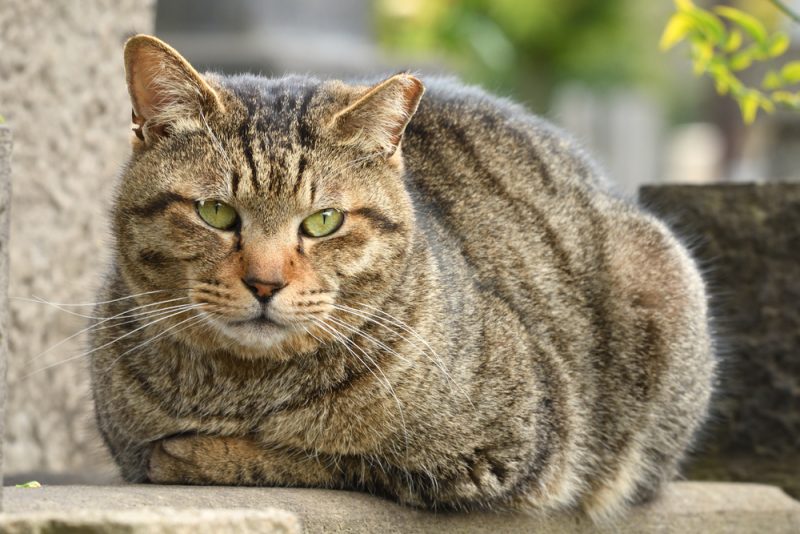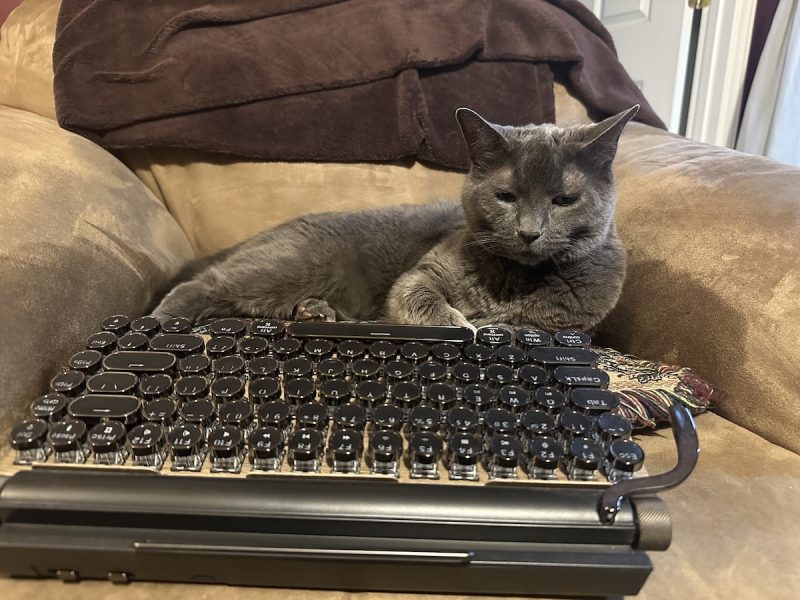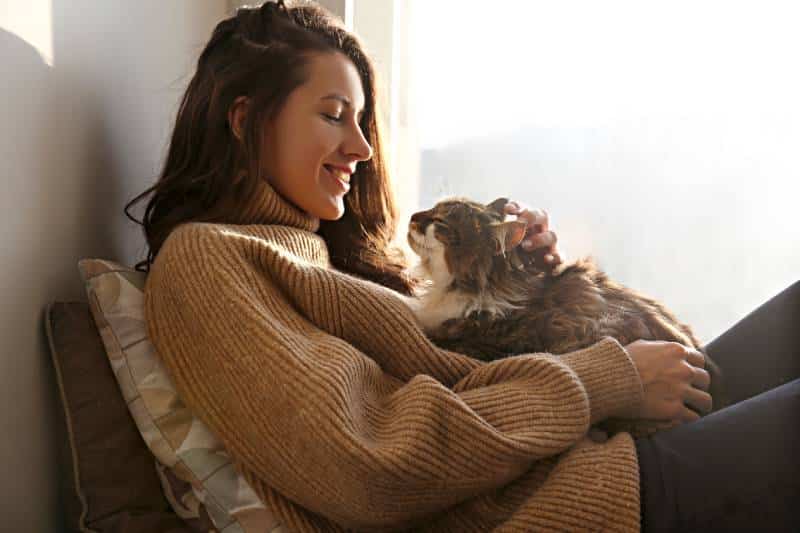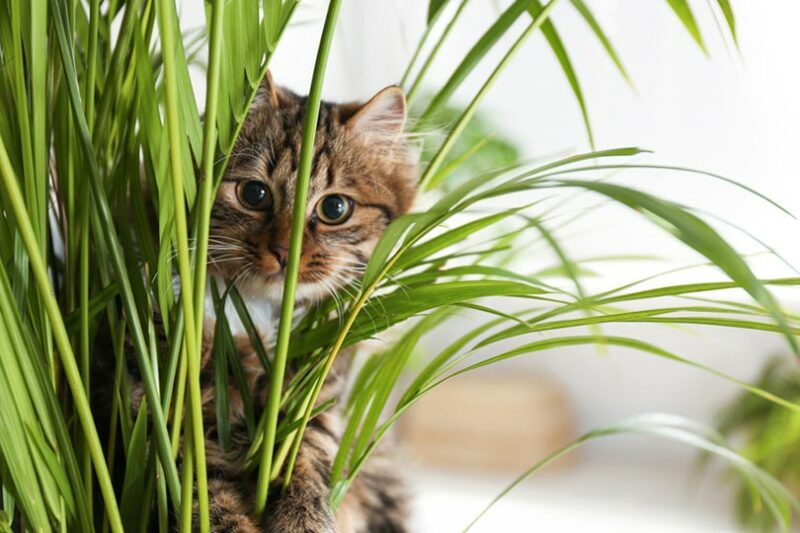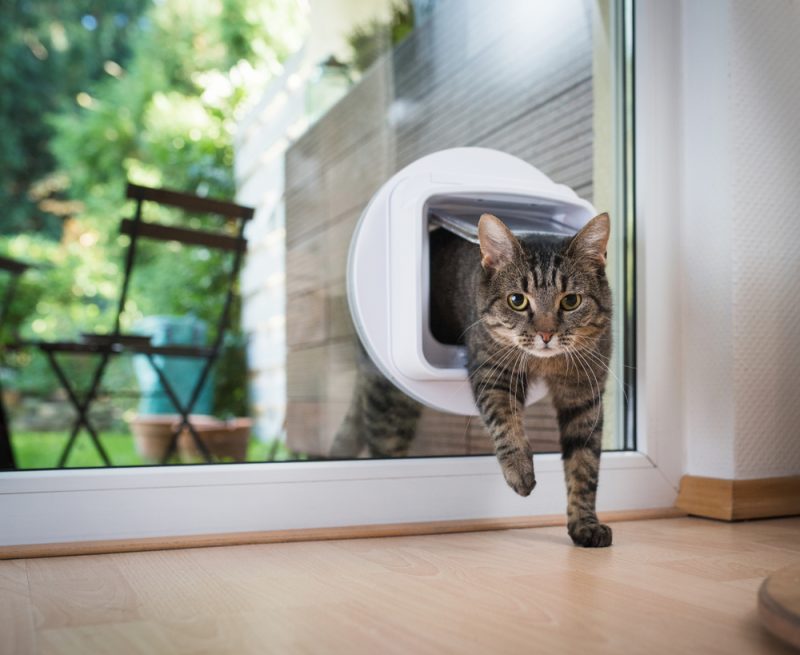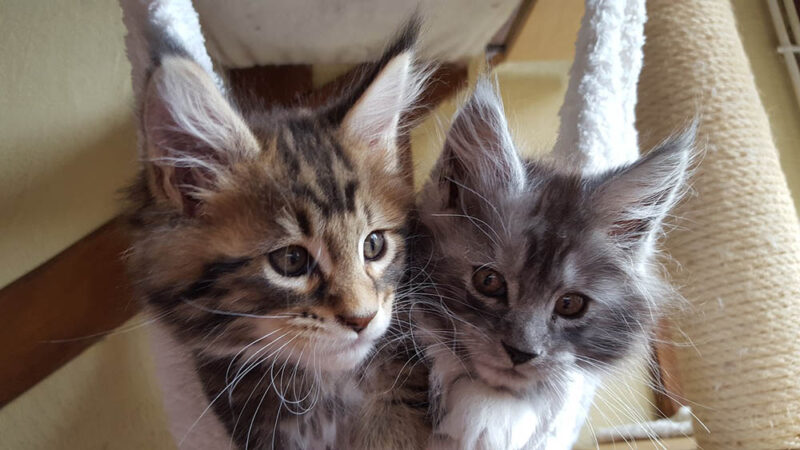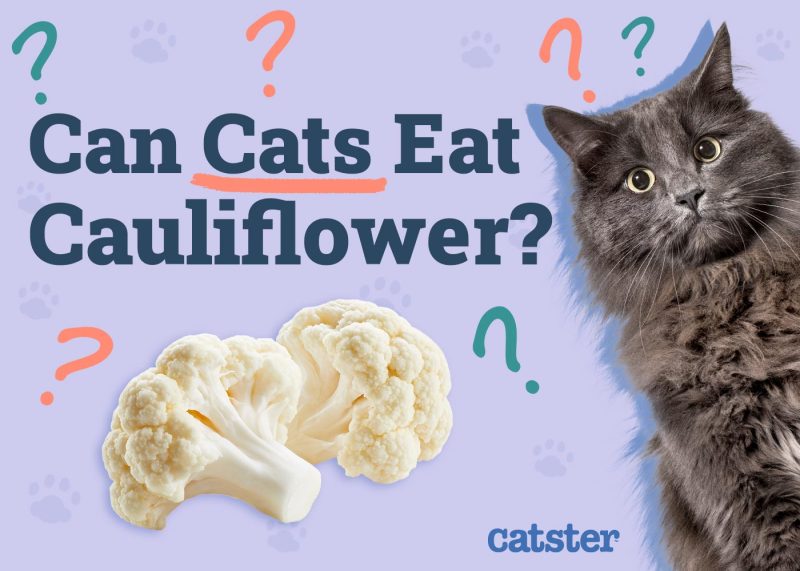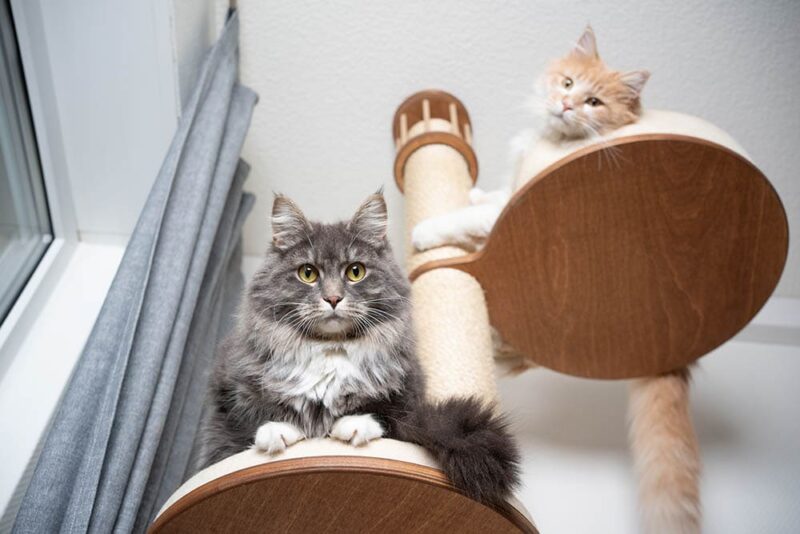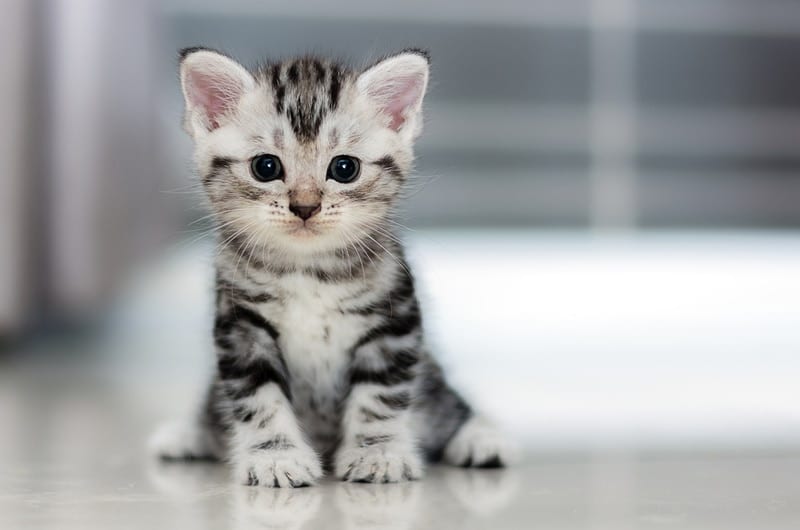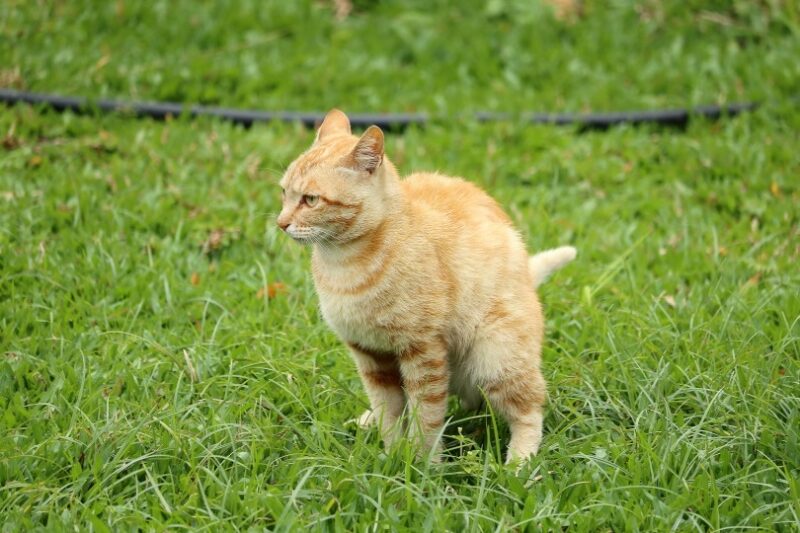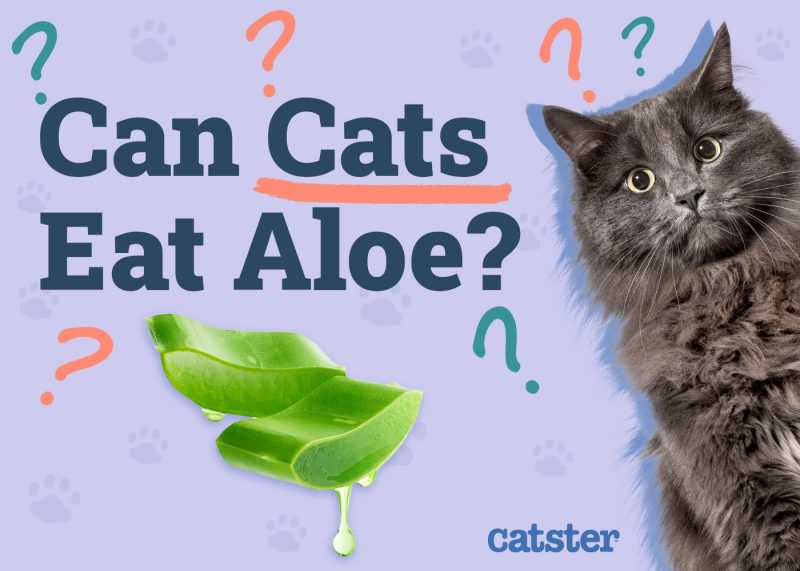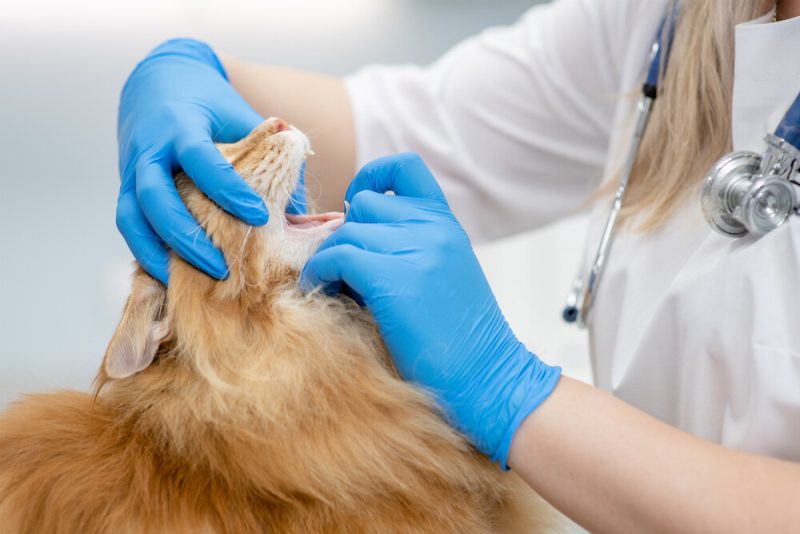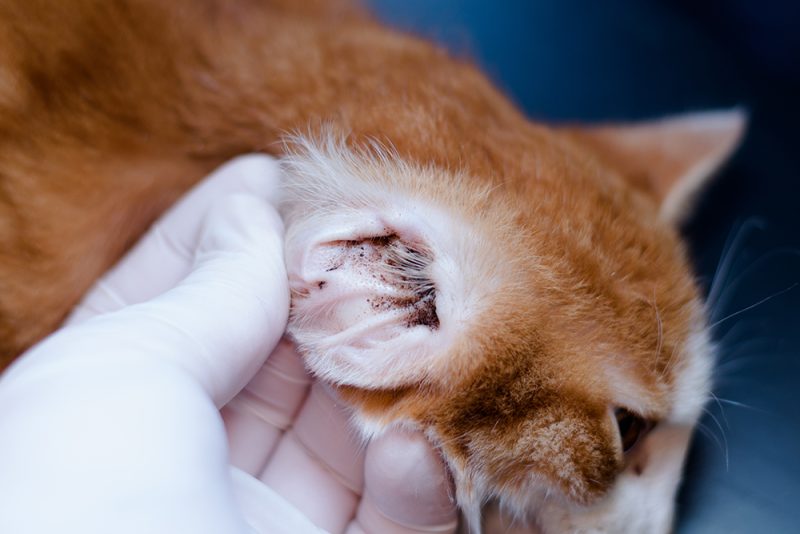The brown tabby cat is a commonly found feline in household homes, and although they are common, they are no less beautiful. Almost everyone has owned a tabby cat or has a friend who owns one, and this is especially true of brown and orange variations. The tabby pattern is legendary among cat owners, due to the unique way that it presents itself in different breeds and its nod to the wildcat heritage of tabby cats. One only needs to think of one of the most famous cats of all, Garfield, to picture the tabby pattern in all its glory!
While brown tabbies are common, they are still an interesting variety with a fascinating history. Here are seven facts about the brown tabby that you may not have heard before!

The 7 Facts About the Brown Tabby Cat
1. The Brown Tabby Is Not a Separate Breed
The term “tabby” refers to a type of pattern, not a specific breed. Brown tabby markings can be found in almost any breed, including popular breeds like Maine Coons, Bengals, Abyssinians, and almost all crossbreeds.
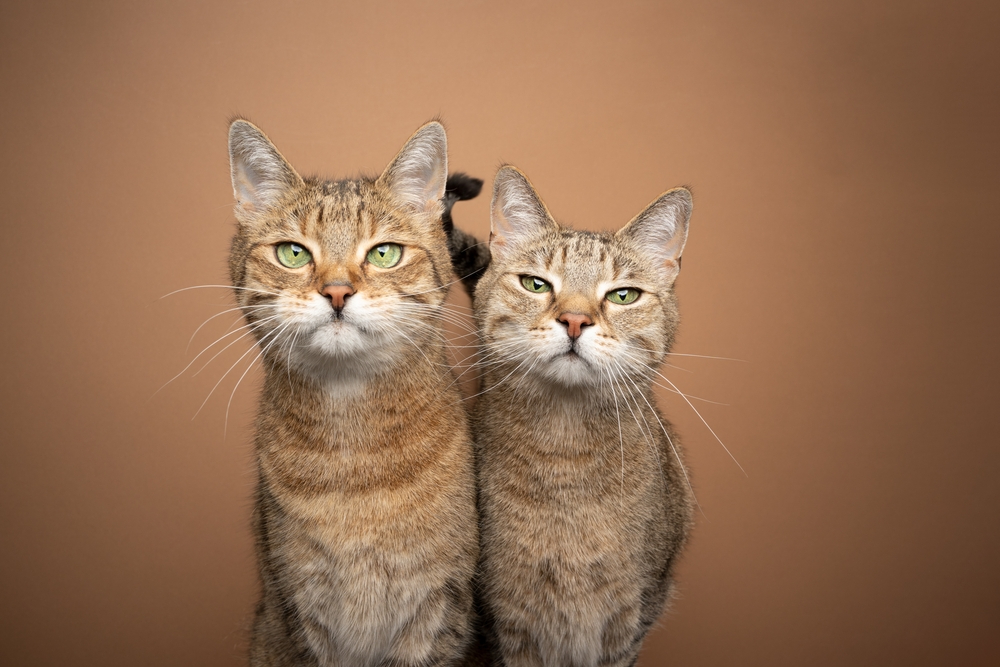
2. They Were Named After Arabic Silk
Due to their stripy and silky coats, some think that the tabby name came from owners comparing their uniquely striped cats to silk cloth. The term “tabby” comes from the French phrase, “striped silk taffeta,” a woven silk fabric. This can be traced further back to the Arabic term, “attabiya,” which is a district in Baghdad that was famous for its striped silk cloth. The Middle French term, “atabis,” was later used to describe this silk, which soon evolved to “tabis” and then to “tabby.”
3. There Are Five Distinct Tabby Variations
Brown is only one of a wide range of colors that tabby cats can be found in. With the different colors come a host of different patterns, and there are five commonly recognized tabby patterns accepted by most breeders. These are classic, mackerel, patched, spotted, and ticked. All the patterns are believed to have come from the selective breeding and mutation of the mackerel pattern, inherited from the African or Near Eastern wildcat.
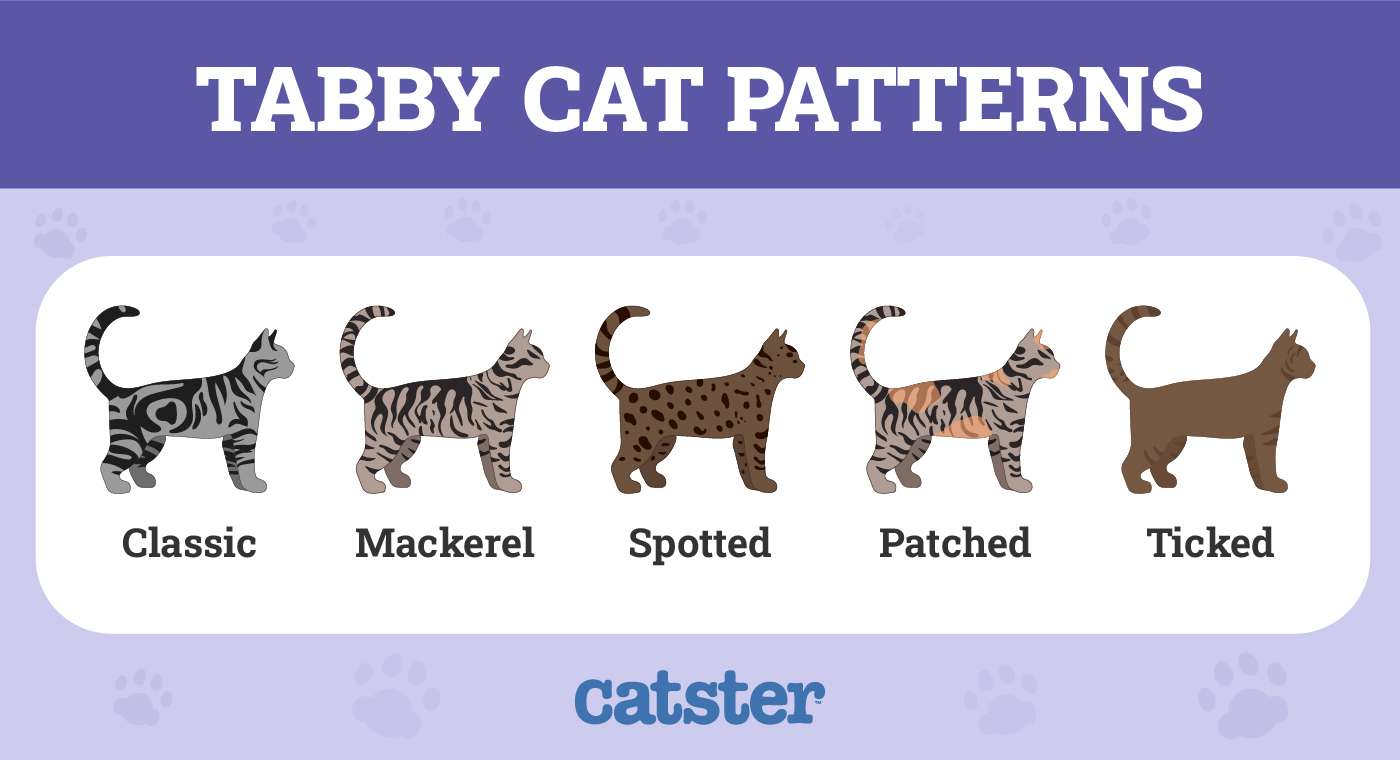
4. They Closely Resemble Their Wildcat Heritage
Brown tabby cats are extremely camouflaged in the wild, their dark brown coloring and unique patterning reminiscent of their African wildcat ancestry. These markings are perfect for hiding and make Brown Tabbies almost invisible in long grass.
5. Almost All Brown Tabby Cats Have a Distinctive “M” Marking
Apart from their striped markings, Brown tabby cats are characterized by a distinctive “M” on their forehead, a trait that can be seen on almost every tabby in some form, including brown and dark brown tabby cats. There are several different stories and myths of how this came to be, most of them stemming from religious origins. Some speculate that the marking came from the Islamic prophet Mohammed, who was allegedly fond of Tabbies and thus gave them the marking as a blessing. Christians and Catholics claim the same of Mother Mary, who blessed the cat for keeping baby Jesus warm.
The real reason, though, is genetics, and the “M” is a standard feature of all tabby patterns.
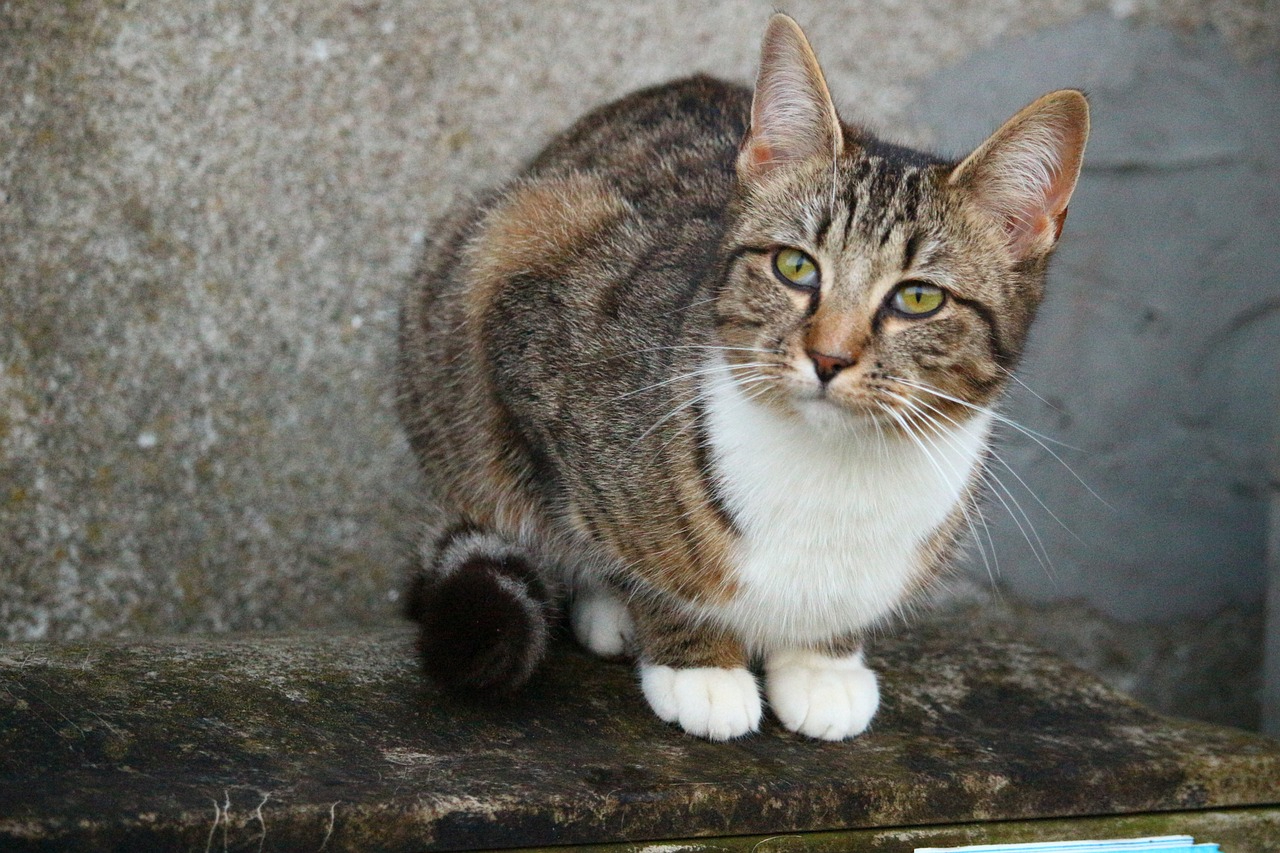
6. They Are Highly Affectionate
While personality is difficult to link to coat color and markings, most cat owners agree that tabby cats are more affectionate than other coat types. This is especially true of both brown and orange tabbies, which are universally known for being particularly loving and affectionate cats. This trait of course also has much to do with individual cats and breeds—and almost all breeds have a tabby variation—but anecdotally, tabbies are generally highly affectionate cats.
7. Tabby Is the Most Common Coat Pattern
There are more cats with the tabby coat pattern than any other in the world. This is partly to do with the superior camouflage that the pattern offers and because the Tabby mackerel pattern was inherited from wildcats. Felis sylvestris lybica, the African wildcat, sometimes also referred to as Near Eastern wildcat, still lives today and has a similar appearance to domestic tabby cats, who have descended from them, with lighter sandy-colored coats.

Conclusion
There you have it – seven incredible facts about brown tabby cats! Which one was the most surprising to you?
You might also like:
- 235 Tabby Cat Names for Felines with Swirls, Stripes & Spots
- At What Age Can Cats Have Catnip? Vet-Reviewed Facts & FAQ
Featured Image Credit: viper-zero, Shutterstock
